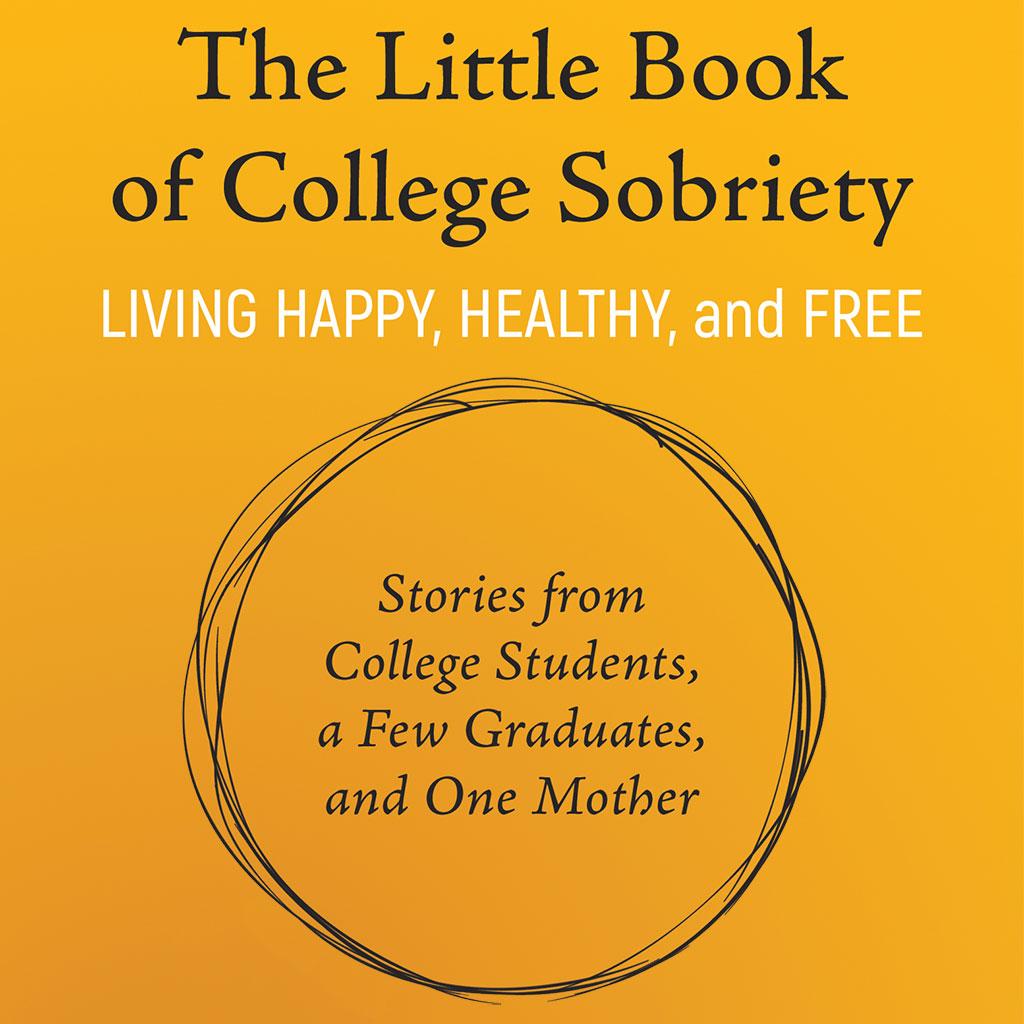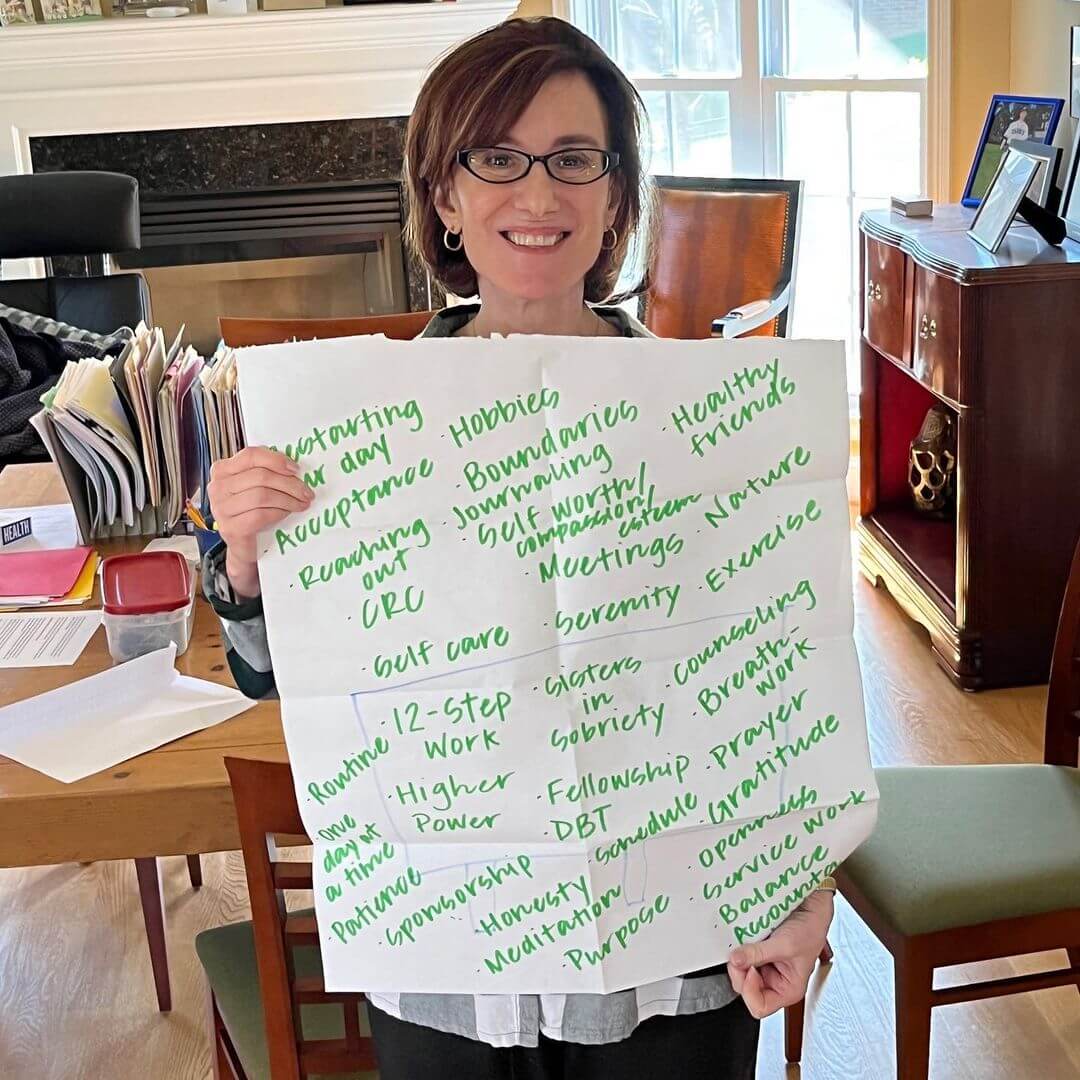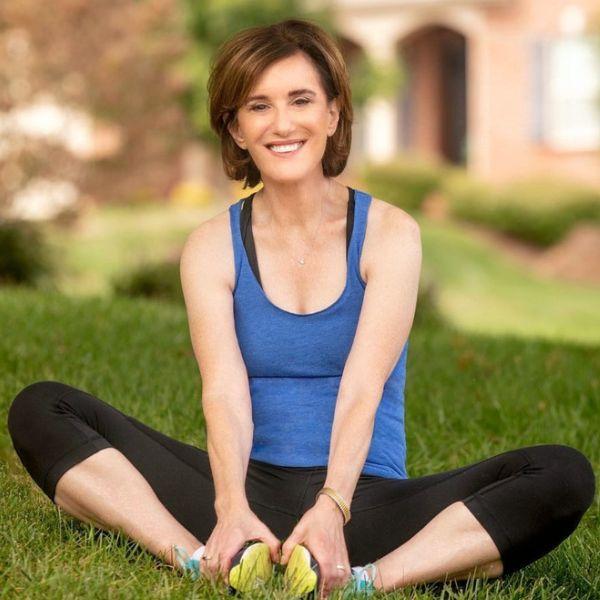When we’re actively using, we go missing. We take the back door out and find any means of escape: drugs, alcohol, food, or sex, to name just a few. We do this because of our ferocious inner pain. In the many recovery meetings I’ve attended, I almost always hear some version of this: “I am unlovable.”
Hope is
both/and.
Our culture thinks addiction is a failing, but it is really the language of the deeply wounded.
But there’s hope on the other side, and it’s called Recovery.
Recovery requires courage but opens up a whole new way of seeing the world, making us fully present in our lives so we can find our voices and discover all that’s true about us. To be lit bright, and let that light shine on others we connect with.
Hope is both/and because we learn in recovery that we can both have a substance use disorder, and live with steadiness, peace of mind and joy!


